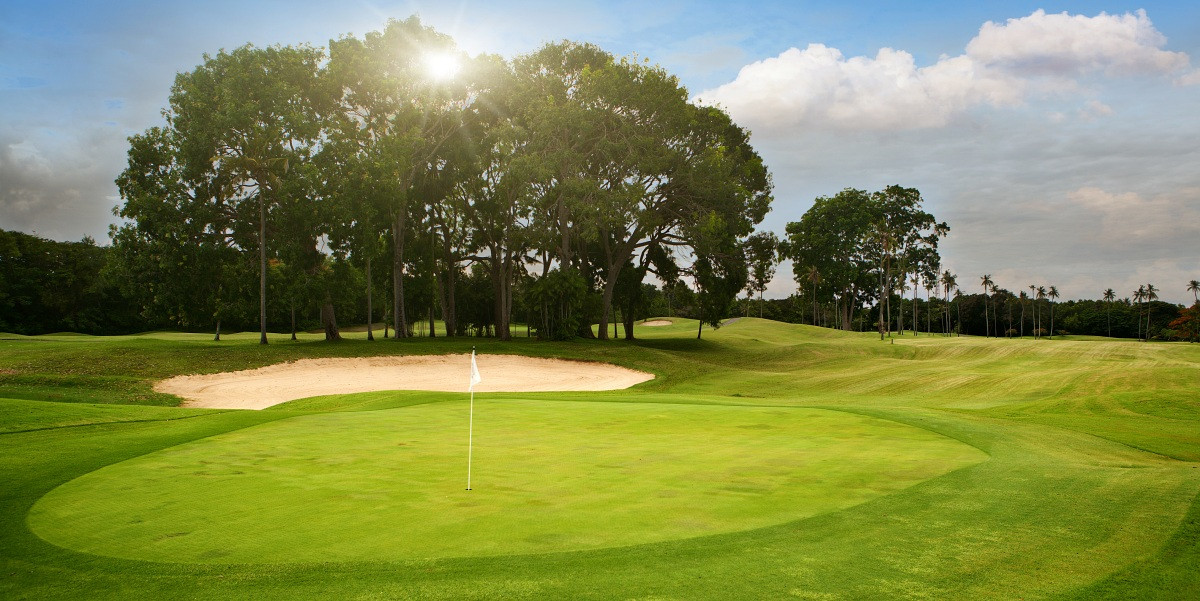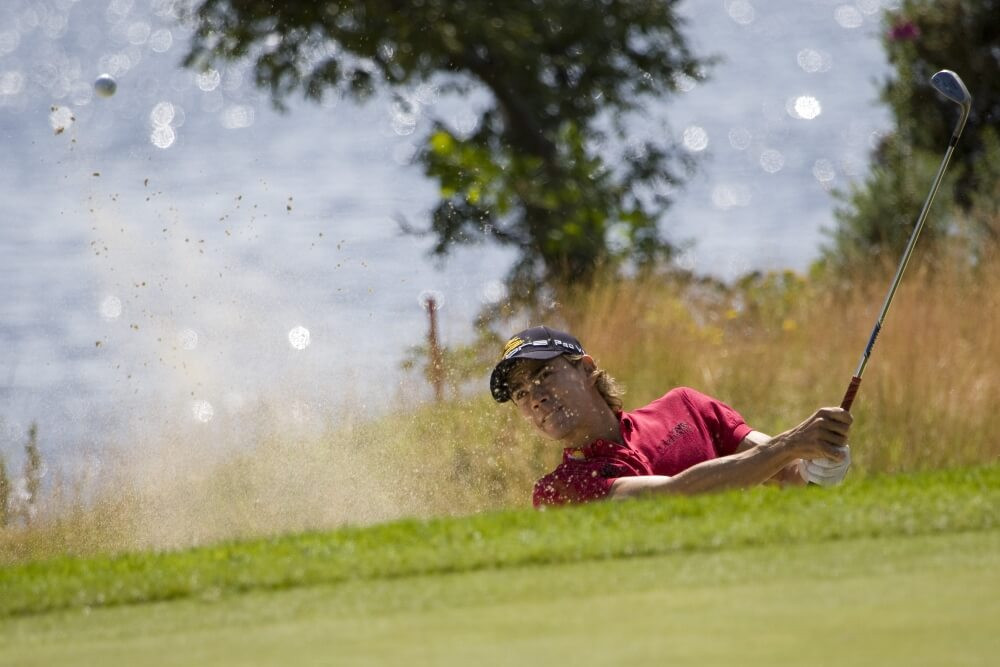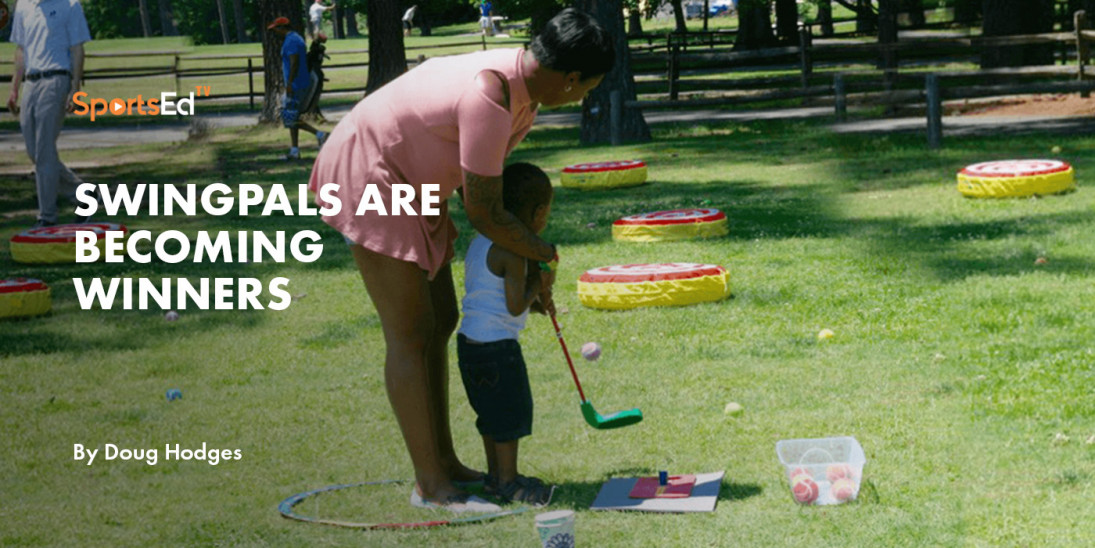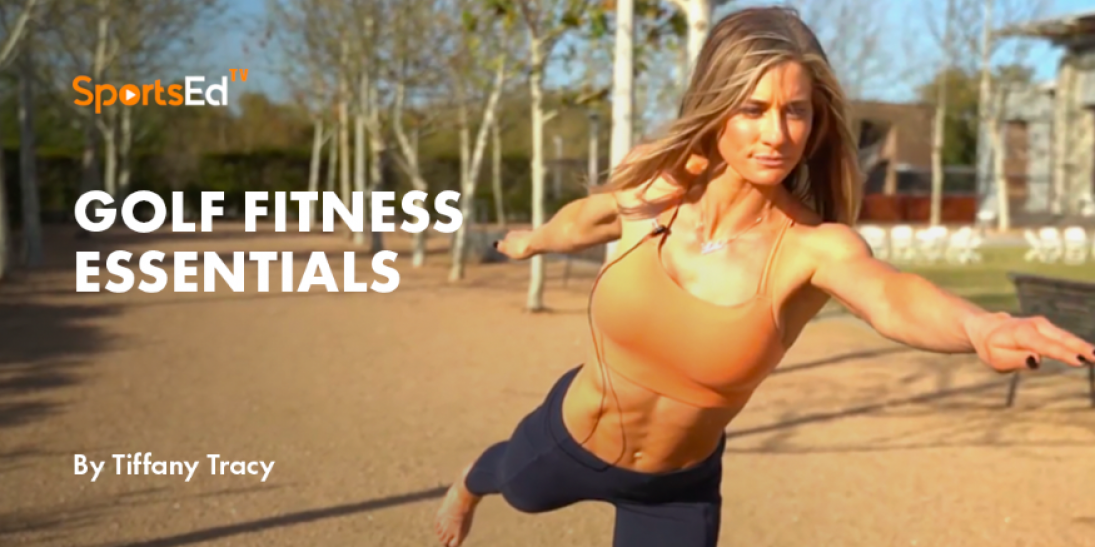Golf
Welcome and thanks for visiting...

Child's Play—Your Guide to a Bright Beginning
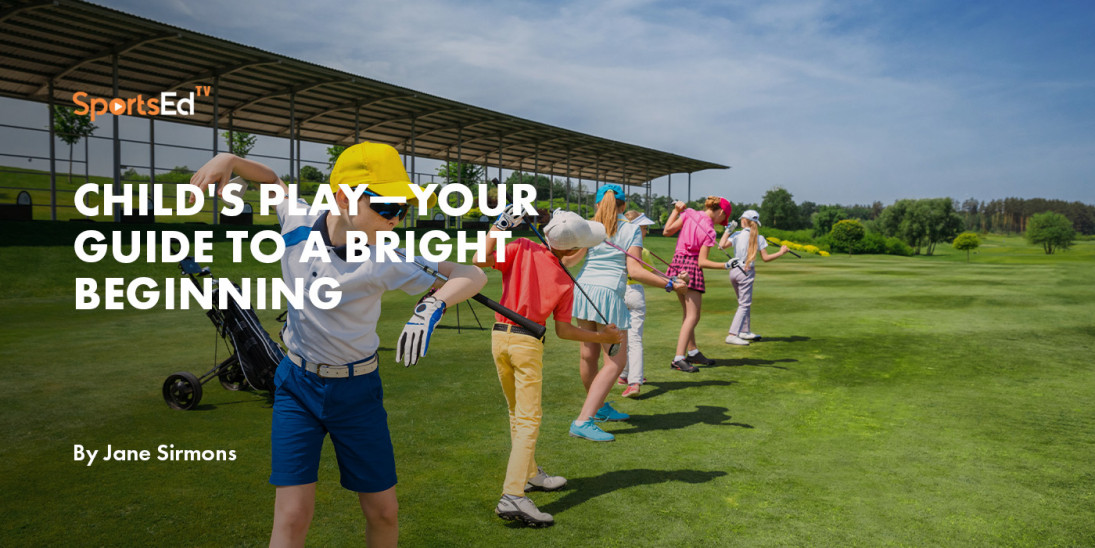
As a golf pro who absolutely adores working with kids, I am constantly asked “Is my child old enough to play golf?” In this blog I will answer that question and share best practices to get them started and to keep them interested for life.
While there is no exact age to begin, the youngest I teach are 3-4 years old. Much depends on a child’s ability to focus, and desire to play. The goal is to make learning a fun, explorative activity. If you are successful, your child will continue to play. I cannot guarantee you a Lexi Thompson or Tiger Woods, but if you do make golf fun, I promise you a lifetime of priceless family moments on the links.
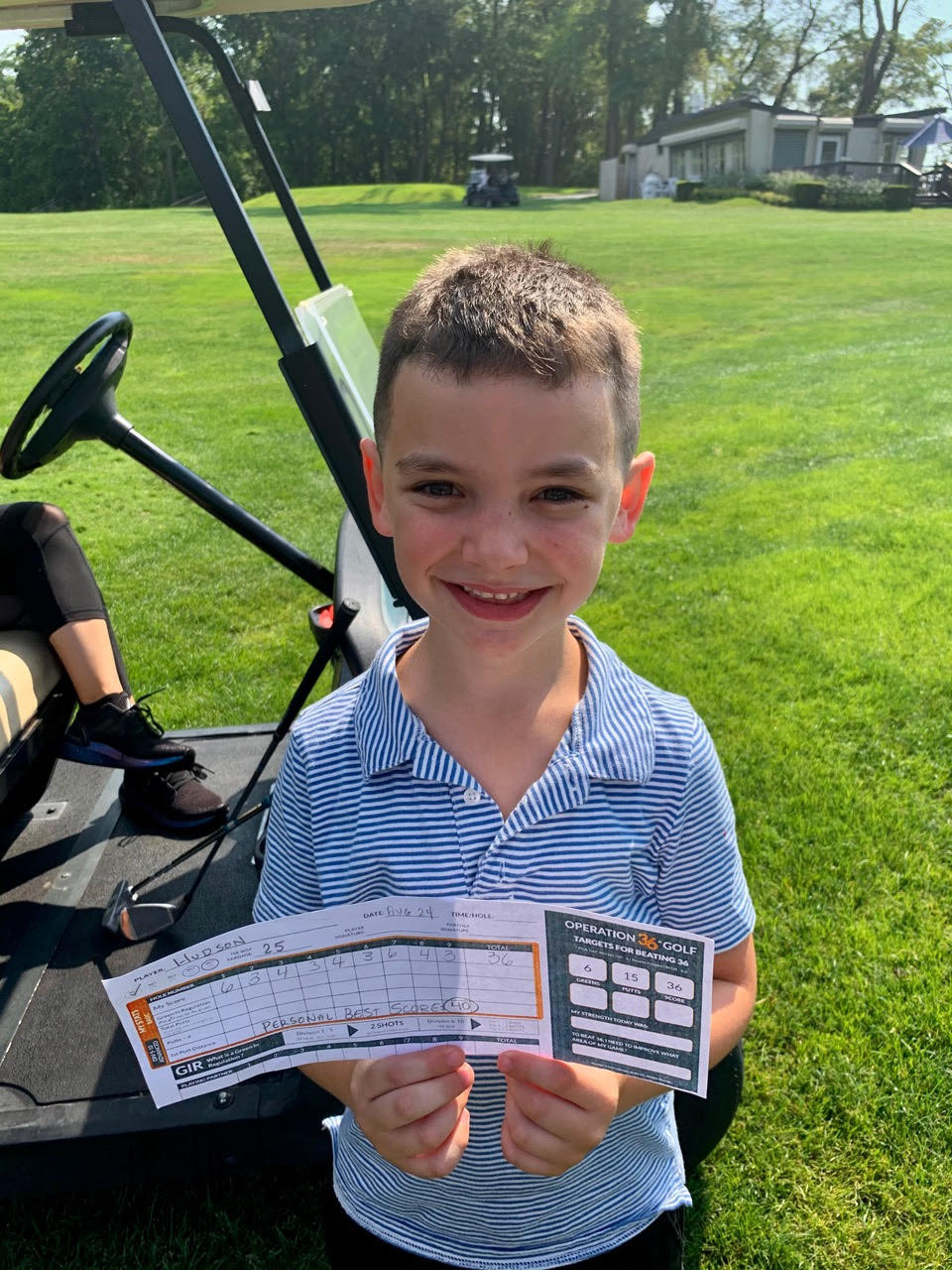
Properly fit equipment is important, especially for a child. In the past parents cut down their old clubs. While the length might have been right, the weight was too heavy. This can lead to swing faults and possible injury. Fortunately, today kids clubs are readily available. I recommend USKids Golf. You can find them online. There you will find the clubs and golf bags to match your child’s height. You can even purchase used sets to fit your budget.
When you first introduce your child to the driving range, let them watch you hit balls. It won’t be long before they’ll be asking to hit too. Show him the position of grip, it’s okay for hands to be split. Just mimicking your swing, you will be surprised how quickly he picks up the basic movement. They’re also good at making corrections on their own. Kids know intuitively that if the ball keeps going to the right, somehow they need to get the club face pointed in the right direction.
As a grandmother I love watching my precious granddaughters play. One is 18 months, the other 3. With toys strewn around the room, it is interesting to see how long each toy holds their attention. It makes you wonder which of today’s ‘learning toys’ will positively affect their futures.
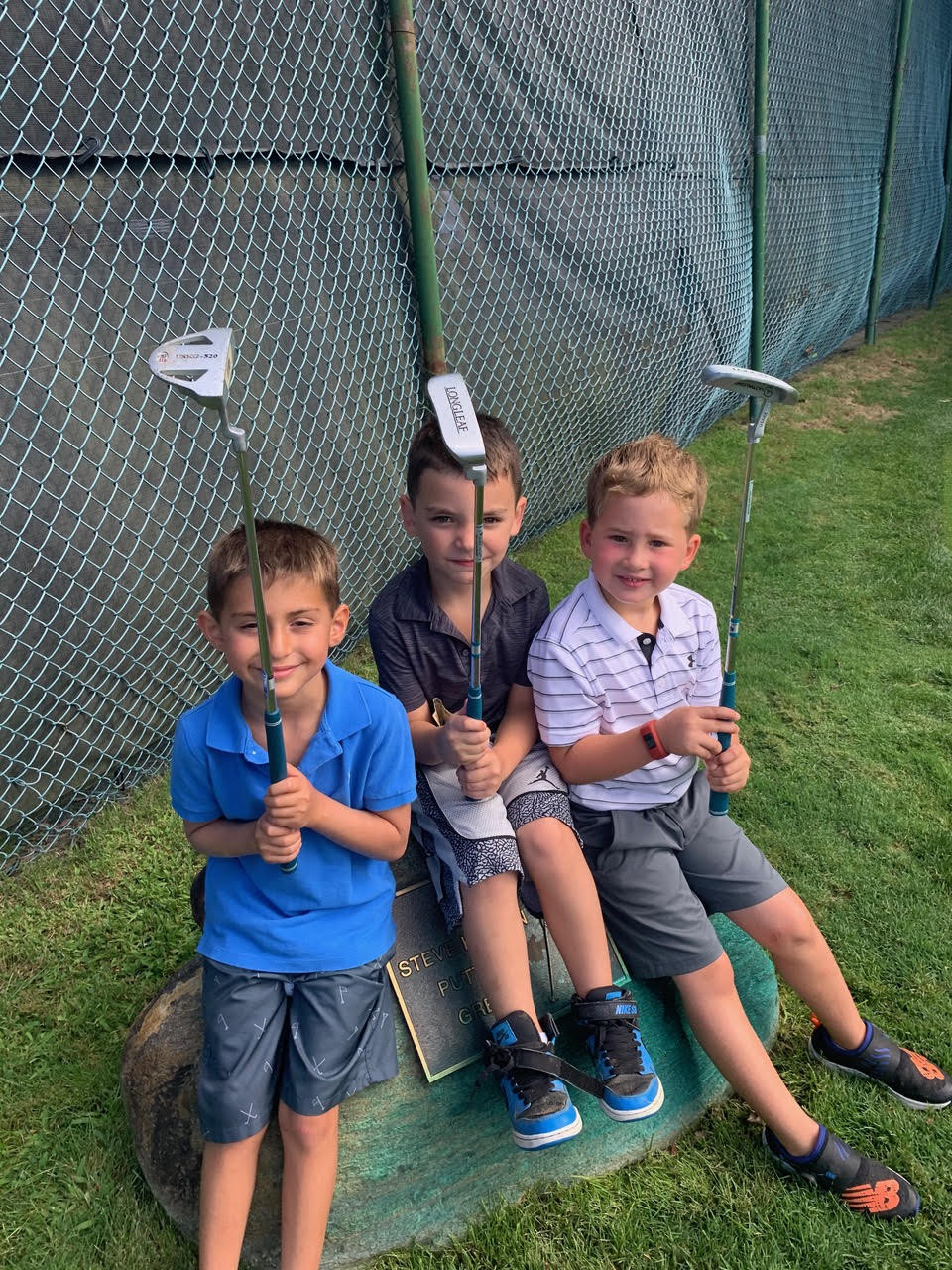
Recapturing a child’s interest in a toy that has already been pushed aside is nearly impossible. I learned this after losing out to a Minnie Mouse car! It was sad for Grandma to see the golf club cast aside, but I remain hopeful.
Being a Golfing Grandma, I admit to harboring a desire for a future family foursome! Someday, I hope they develop a genuine interest in playing, beyond using their new golf club to push a teddy bear across the floor or even swinging it over their heads like a helicopter.
Simply handing a toddler a plastic golf club will not necessarily lead to tee times and tournaments. Children need to discover what this new ‘toy’ is and how it works. Young golfers closely watch me as I play with them. They copy my set up, my movements, even my gestures. Through this time of self-discovery and an organic interest is born.
The time to capture a child’s interest in any new game is brief. So strategy and planning is necessary, especially as the competition with Elsa dolls and books that sing was tough. I kept a fair rotation of plastic golf clubs and golf toys nearby. I made sure that she could see me taking practice swings with my own clubs outside the window, swinging to some of her favorite tunes.
For some organized play with Grandma, I strategically include several different sizes and types of balls, plus, of course, Golfing Grandma’s plastic golf club. To be fair I also include toys like a foam baseball bat, hula hoop, and a basketball hoop. With a little imagination I can keep a child’s fascination with balls for a much longer time. We circulate the toys, I join in, seeing how far we can make the balls go or get them into the basket or inside the hula hoop, I play along modeling a golf swing or putting stance. It’s so much fun to watch them copy me and how quickly they will let you ‘help’ them stand this way or grip it that way.
I’m always on the look-out for children’s books about the game of golf, and for golf videos that feature children. A few of my kids favorite books are ‘Your First Golf lesson’, written by Heather Behrmann, “My Littlest Golfer, How Putter Learned his ABC’s”, written by Kris E Wilson and ‘The Little Aces, A Golf Story’ written by Rose Ostrow. All of these titles are available on Amazon.
As a PGA Golf Professional, I have had the pleasure to work with kids for over 40 years. My youngest 3-year olds students fall right into the Developmental model, and I assure you they are all unique. Some are more serious, some just want to have fun, and some prefer to have small group lessons and activities, while others prefer private lessons.
GAMES, GAMES, GAMES! One thing I always make sure of, ALL lessons at this age are gamified, learning through games and activities. ‘Land Mines’ is the most popular putting game the kids play. The goal is to putt through the land mines without hitting a mine (cone) in the least amount of strokes.
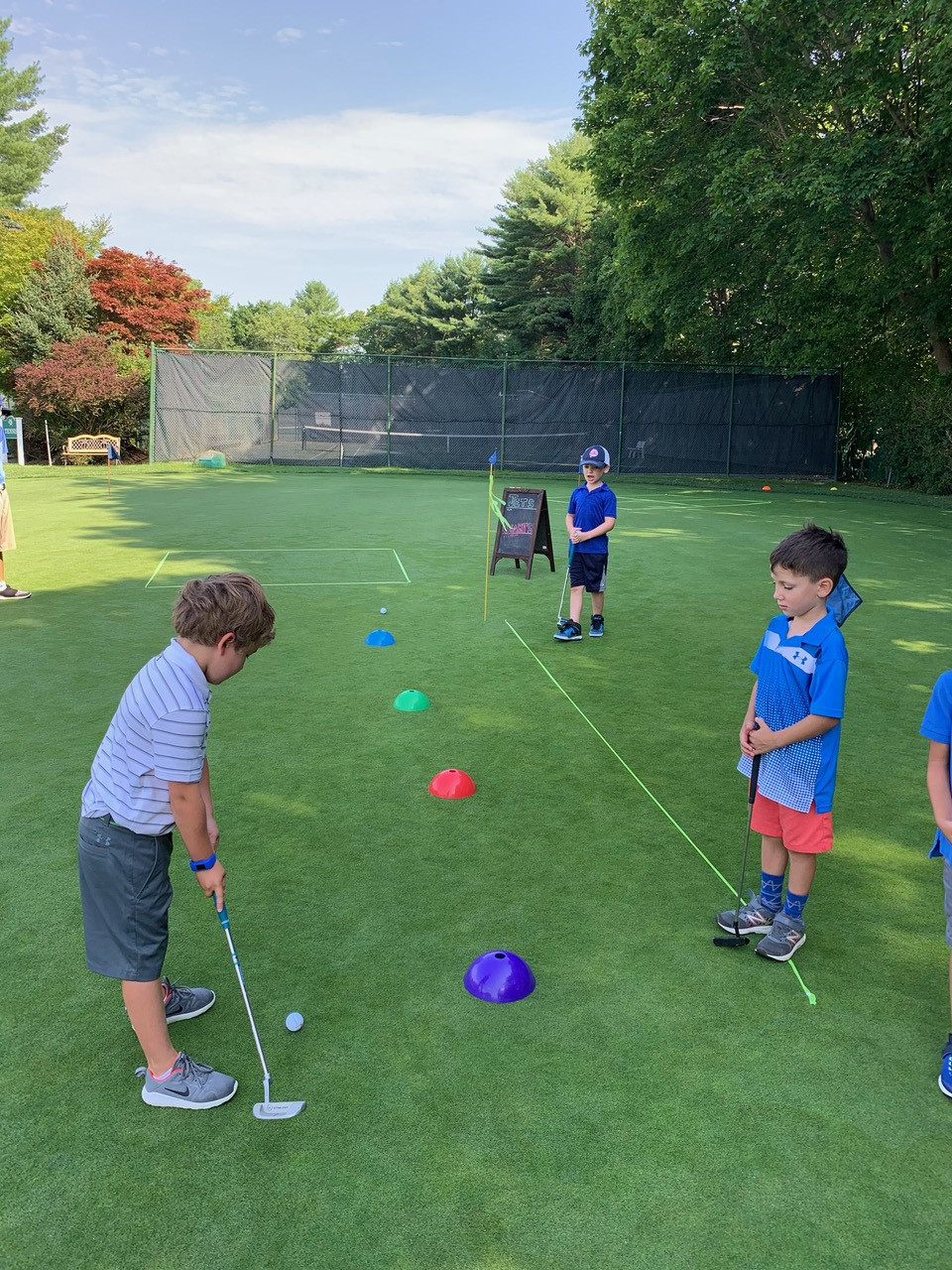
For Full Swing, I sneak technique in by associating positions in the golf swing with letters of the alphabet and animal movements. Operation36 and USKids Golf Programs are incredible at this. I have been certified in both these systems, and the kids love them!
Sometimes they don’t even realize they are learning a skill; they are just having fun. It is so exciting for them they cannot wait to play with each other and Jane again...and that goes for Jane too! Learning and recognizing the developmental stages in young players will lead to a successful and fulfilling time on the lesson tee.
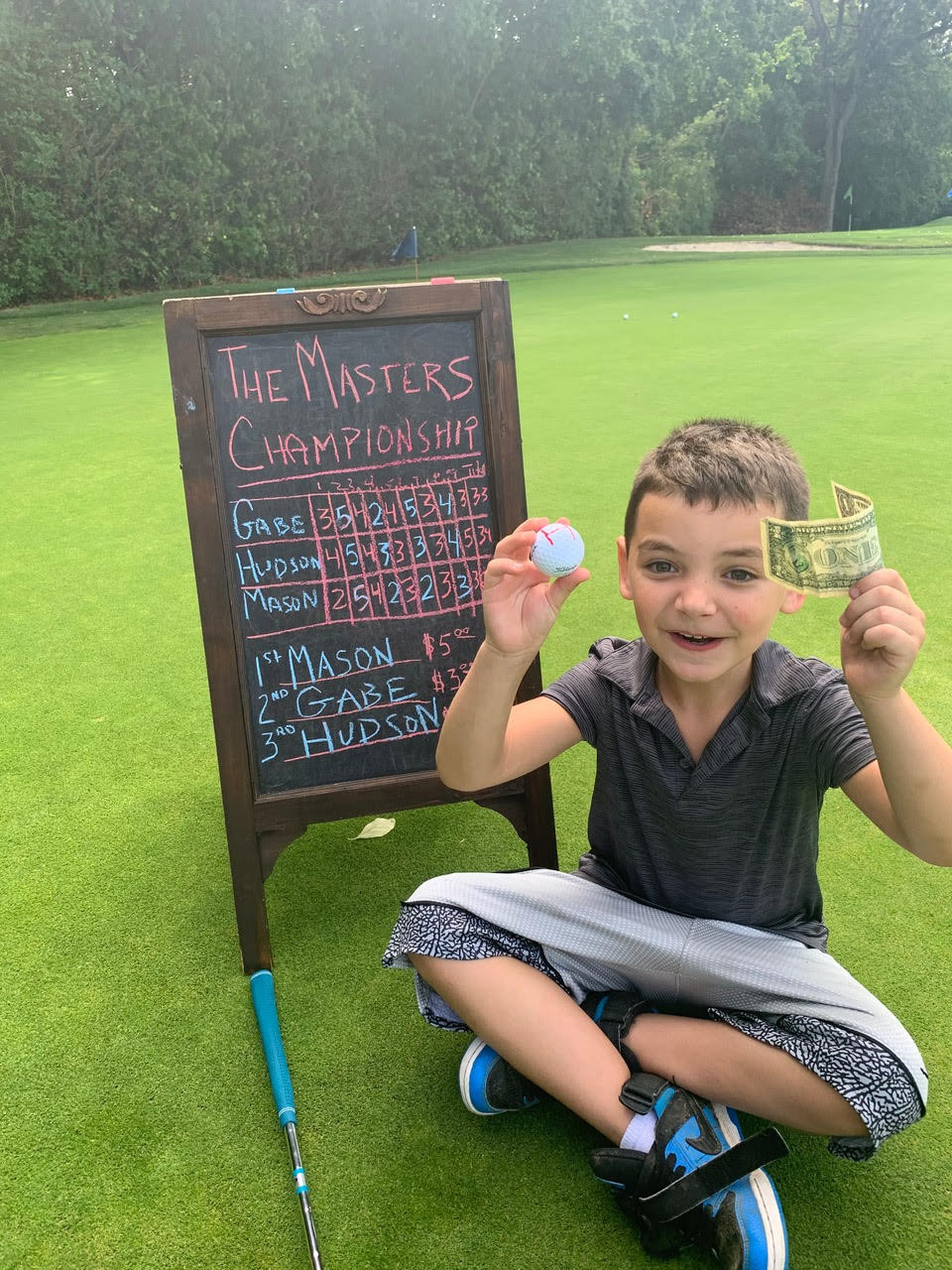
My main teaching style for kids is modeling the skill being worked on. We then do it together, and then they do it on their own. I suggest you do not ‘teach’ your child the entire time they are practicing, follow their lead, let them explore and have fun with the game. Do not try to make their skills perfect. If they are laughing and having fun, then that is perfect. According to the Child Development Institute for the average 3 or 4-year-old, this technique is applicable to the stage of development. The Institute describes these stages as:
Children go through distinct periods of development as they grow from infants to young adults. During each of these stages, multiple changes in the development of the brain are taking place. What occurs and approximately when these developments transpire are genetically determined. However, environmental circumstances and exchanges with key individuals within that environment have a significant influence on how each child benefits from each developmental event.
I highly encourage parents to take their kids to and on the golf course. Take them when the course is not so busy. Do your best to make sure they feel like they belong there. The Operation36 Program suggests starting kids at 25 yards from the green, playing every hole as a par 4. Once they shoot 36 for 9 holes, they back up to 50 yards. They then play from 50 yards until they can score a 36 for 9 holes. This is fun for the child because they can score and complete a hole just like Dad without the frustration of playing a course too long.
I urge you to learn how to play childlike with them. Being a little silly brings smiles and it will actually help them to remember what you have taught and makes them want to come back. It seems like overnight they become little golfers and before you know it, they are on your PGA Junior league team, outdriving you and then off to playing collegiate golf.

